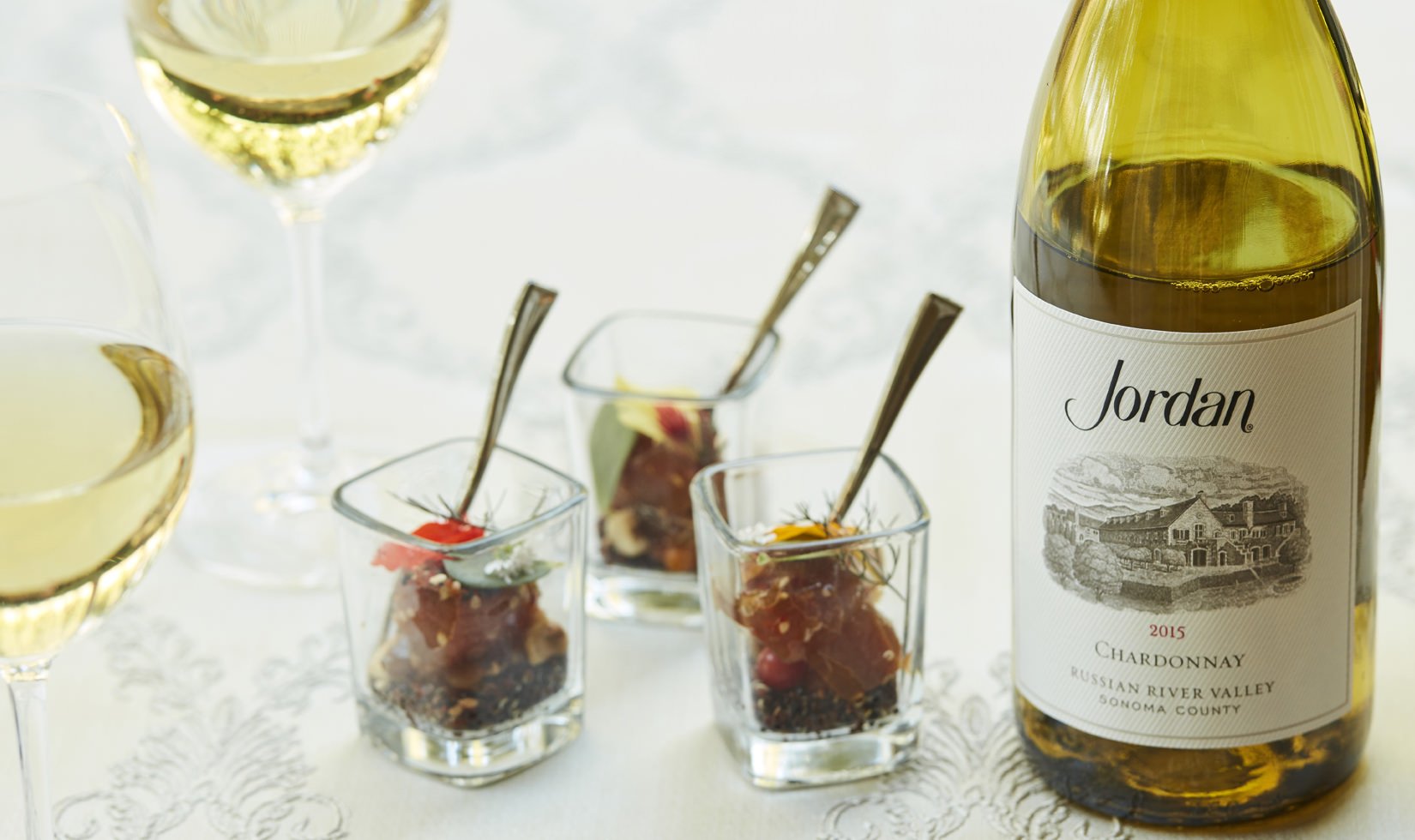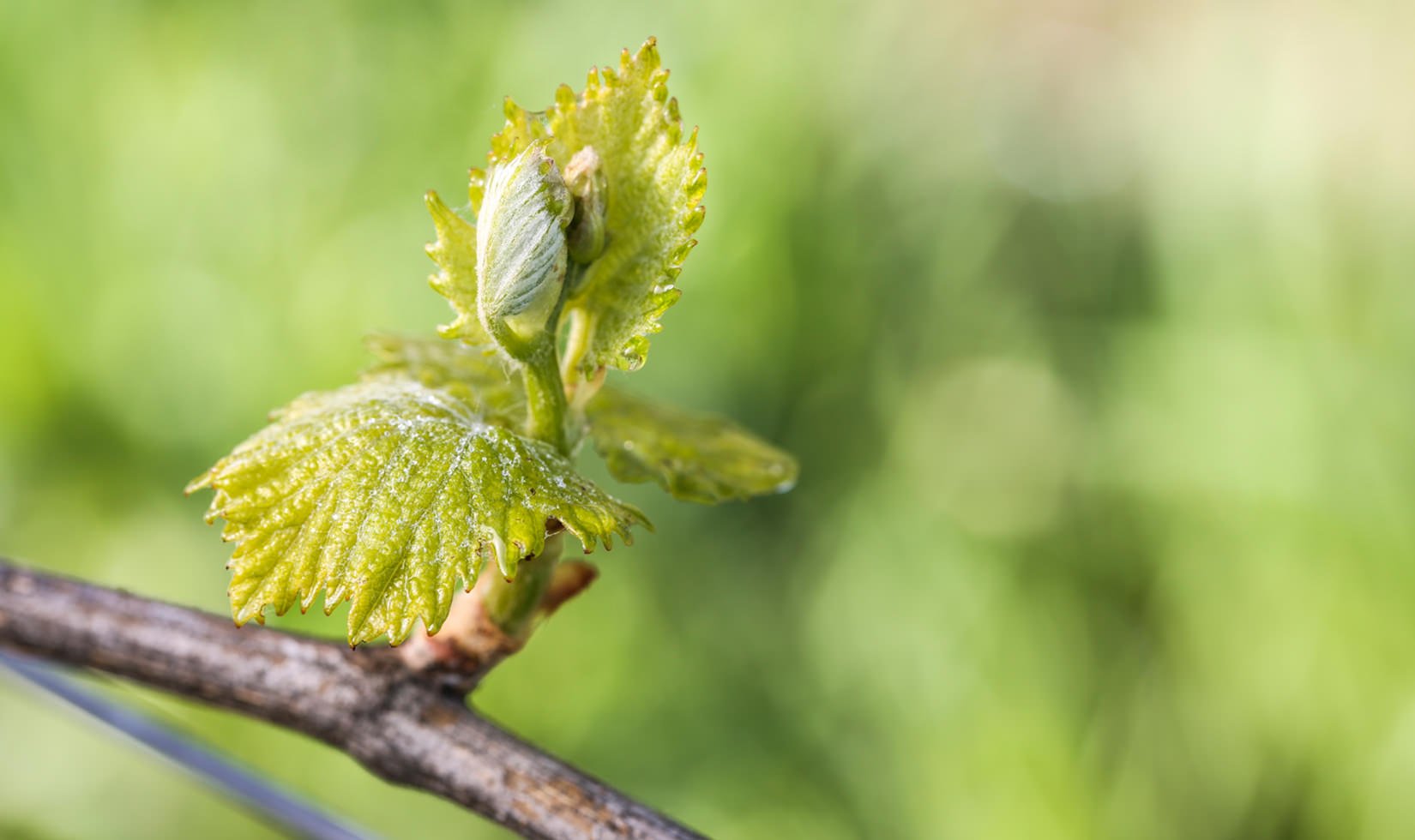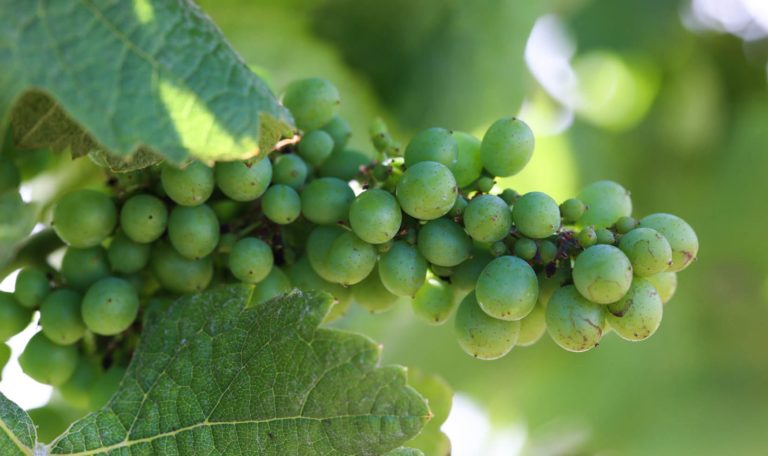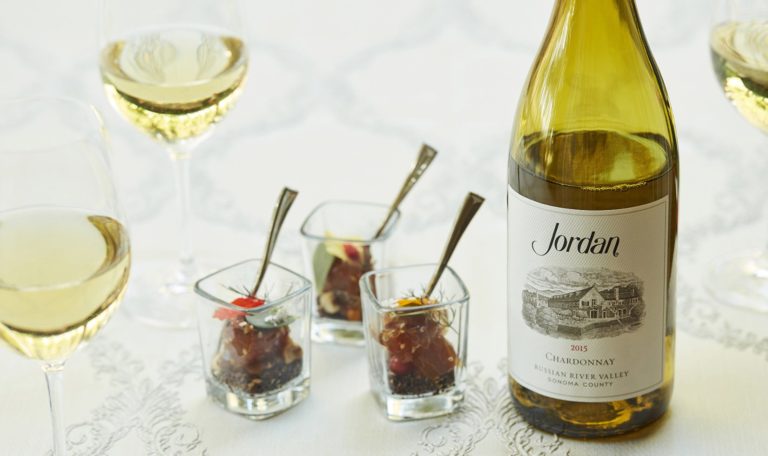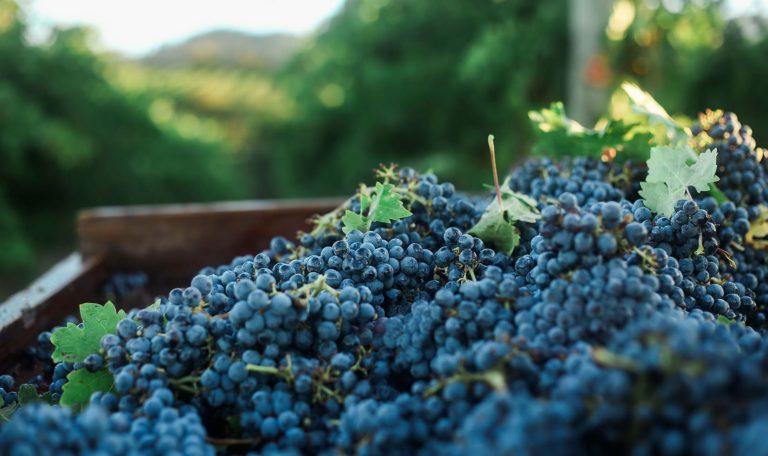A more difficult vintage than its three predecessors, 2015 underscores the importance of selecting the right vineyard sites and being proactive with farming practices when Mother Nature throws curve balls. Here are the five key factors that allowed us to overcome the challenges of the growing season and bottle a bright, elegant 2015 Jordan Chardonnay—more Chablis-like than any vintage of memory.
Growing Season
It was the best of times: a season of light, a spring of hope, but for many vintners, 2015 was a tale of two growing seasons, where “a finer thing” was crafting early ripening varieties like chardonnay from Russian River vineyards. If there was a “worst of times” in 2015, it was fitting for such a writer like Charles Dickens to pen the challenges of late maturing varieties like cabernet sauvignon. Every year is a “spring of hope” and in 2015, the warm weeks of February awakened our chardonnay grapevines from winter dormancy under blue skies three weeks ahead of schedule (February 18), continuing the string of early bud breaks. Temperatures remained warm in March and April, mitigating any threat of frost. Vineyards began to bloom in late April, and growers were all smiles, as 2015 was shaping up to be our fourth consecutive vintage with beautiful spring weather. But the weather shifted in early May, and the rain and record low temperatures made it feel more like February than spring. Those unusually cool, damp days lingered the first two weeks of the month when fertilization of the vine’s flowers was still occurring in some blocks. This caused a lot of shatter in the forming clusters, which led to fewer flowers turning into berries and thus a smaller crop than its three predecessors. Warm weather returned and remained throughout the summer, apart from a cooling trend in late August, helping the vines ripen their smaller crop. A heat spike in early September pushed along the final stages of maturation of the clusters without lasting long enough to cause sunburn to the fruit. Certainly the smaller crop with fewer berries per cluster attributed to the early harvest date. It was a double punch on yields: less grapes on the vines with less juice within the clusters.
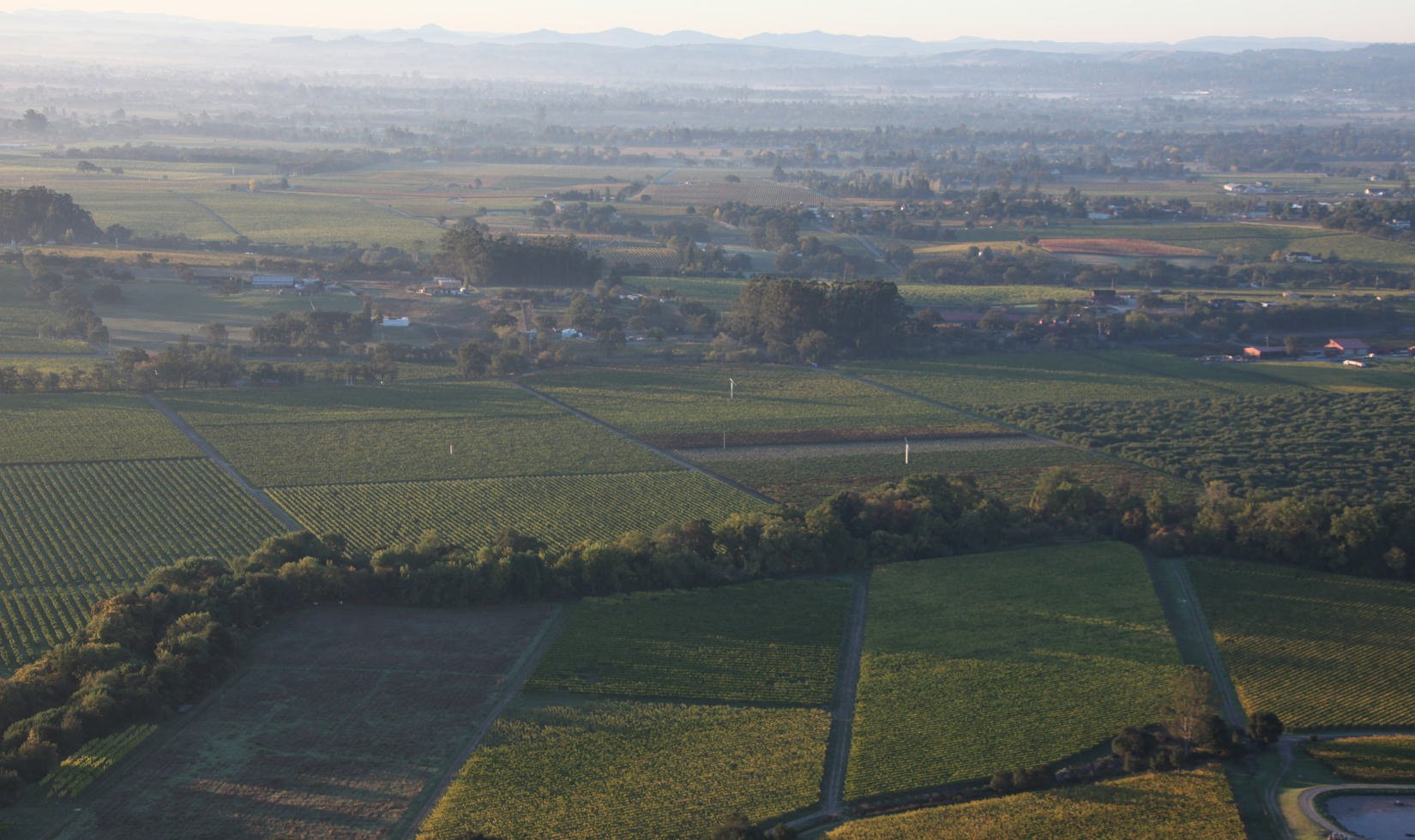
Vineyards
The final blend of 2015 Jordan Chardonnay began with a dozen different vineyard blocks from five sites on the east side of the Russian River. Two factors are paramount in the selection of our long-term growers: vineyard sites with moderately cool temperatures that allow for lively fruit and crisp acidity and well-drained, gravelly soils that provide both physiologically mature fruit and mineral characters in the finish of the wine. It is this necessary combination of climate and soil that shares a common thread with the White Burgundies that inspire our style of winemaking.
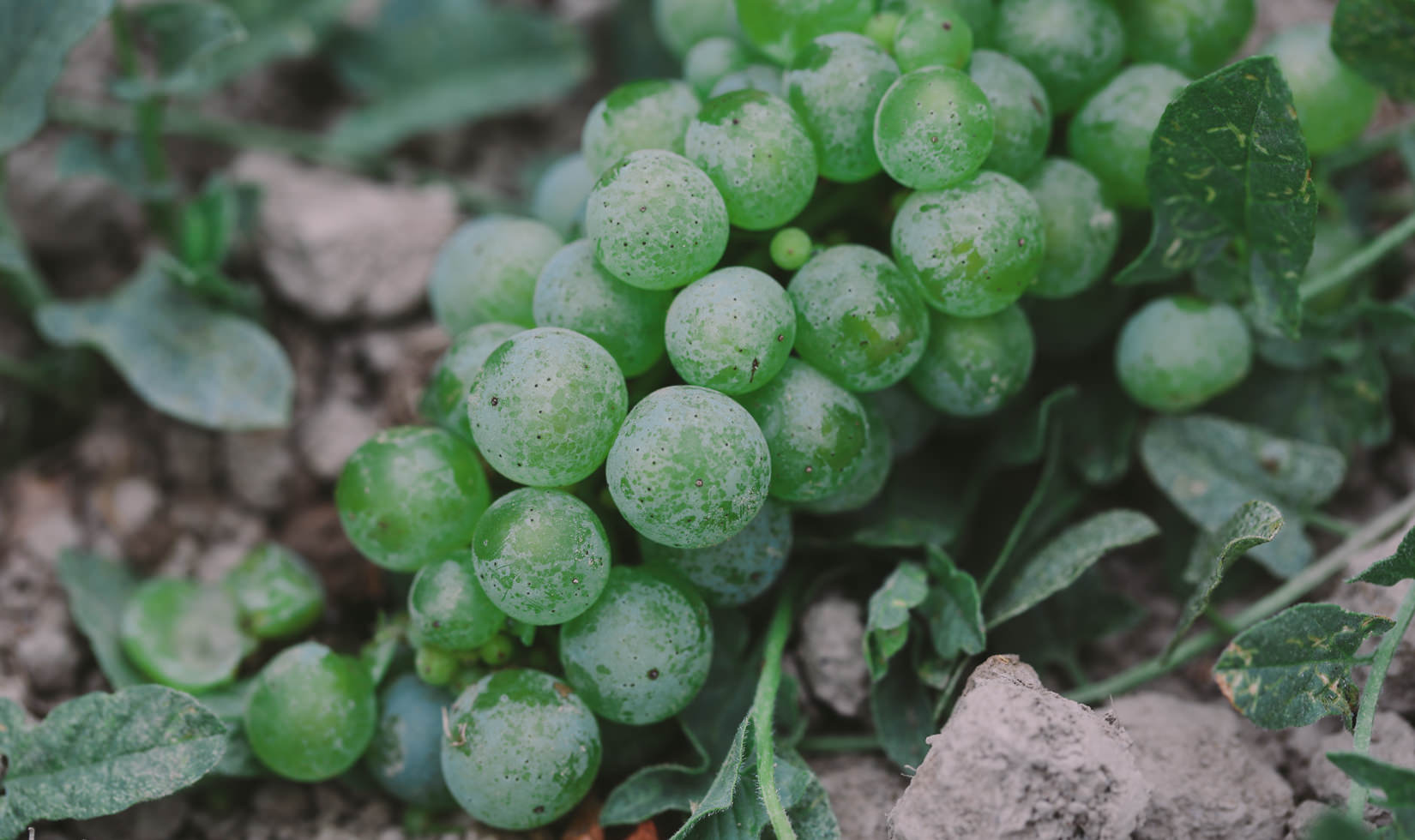
Viticulture
The weeks of cool weather in May that led to uneven flowering and fruit set in some vineyards required detailed response in the vineyard to bring the grapevines back in balance. Uniformity of the clusters is key to growing the great wines of the world, and many times that means making sacrifices. To mitigate the unevenly growing clusters, all growers were instructed to drop any flower clusters still hanging while they completed hand-leafing of the canopies in June. Sacrificing a portion of the already smaller crop worked well, and the remaining clusters ripened under moderately temperate days throughout summer, apart from a few spotty rains in June, which helped to relieve some of the drought pressure. Evapotranspiration sensors were used in the vineyards to ensure the vines only received the precise amount of irrigation needed, conserving as much water as possible while maintaining the health of the vine. With smaller and fewer clusters drawing vigor from the vines, the protective canopy helped allay any sunburn potential.
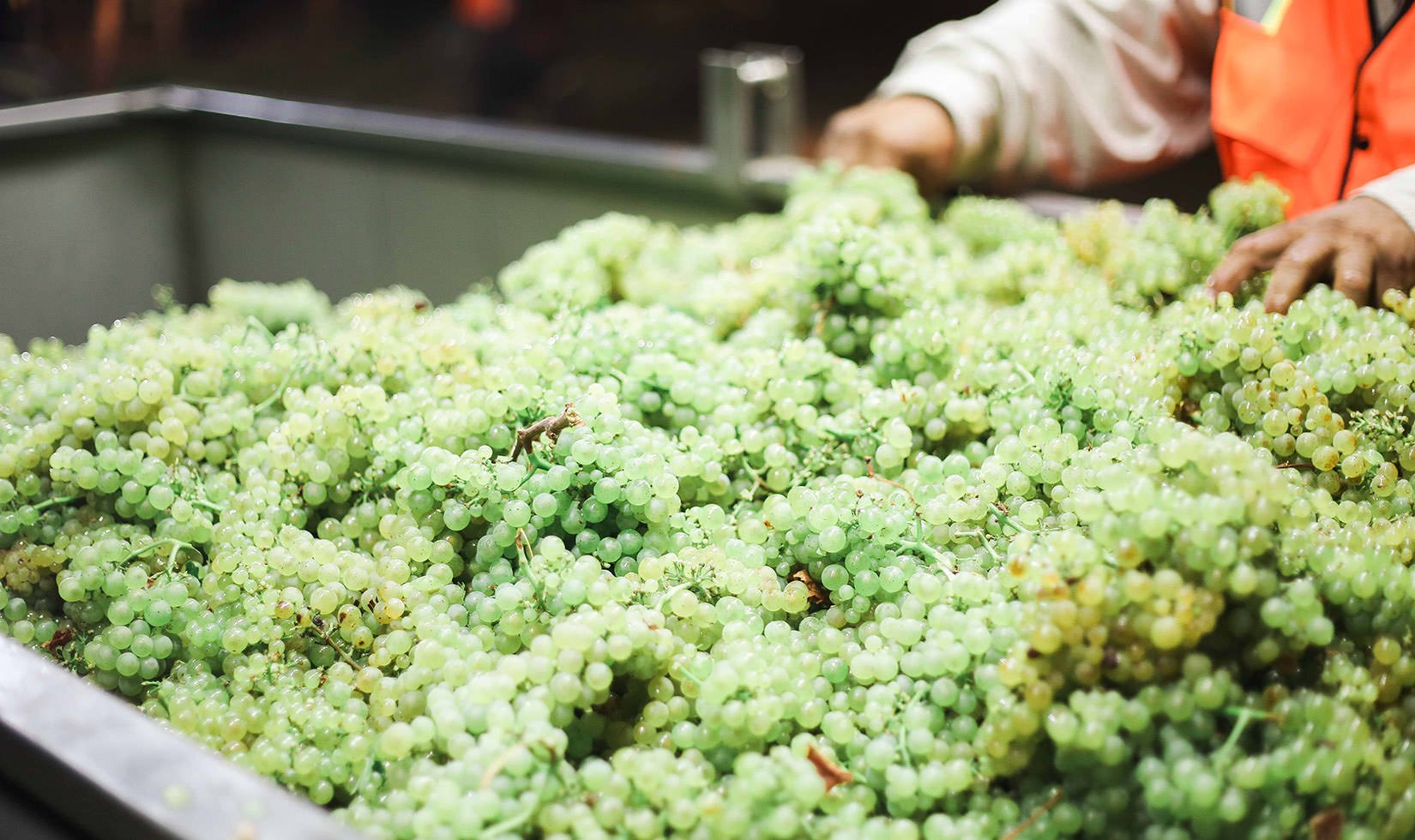
Harvest
The overall theme for Jordan’s 40th harvest typified quality over quantity once the grapes were mature. All fruit was handpicked in the coolness of the night and early morning hours before sunrise, between August 24 and September 7. It took only seven days to harvest all the grapes, though the picking was spread out over two weeks due to a cool front the last week in August. The skins of the berries were a beautiful straw green—a sign of a quality chardonnay vintage where fruit aromas and flavors are vibrant and clean. Cool vintages like 2015 are less optimal for many California vintners, but more ideal for our style of fruit expression over cellar manipulation. Despite the low yields (down about 20 percent), the young wines were impressive: bright apple and pear aromas with juicy flavors and crisp acidity exhibiting great length across the palate. 2015 will remain a vintage to remember—not just because it was our 40th harvest—but also as a very early vintage with very low yields and very elegant wines.
